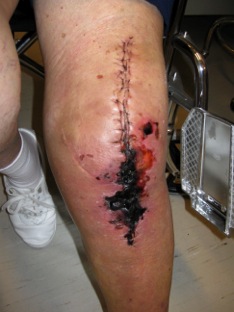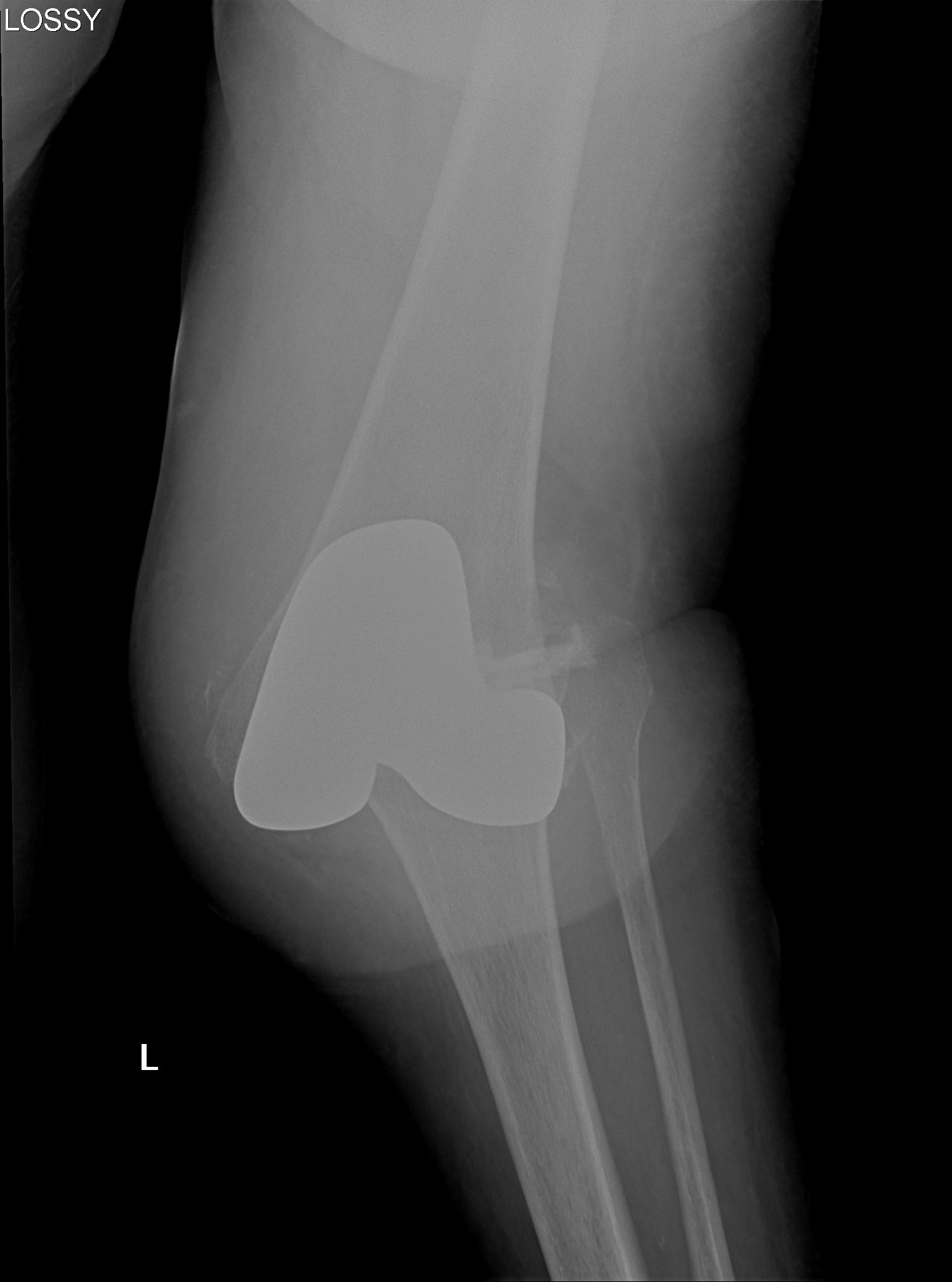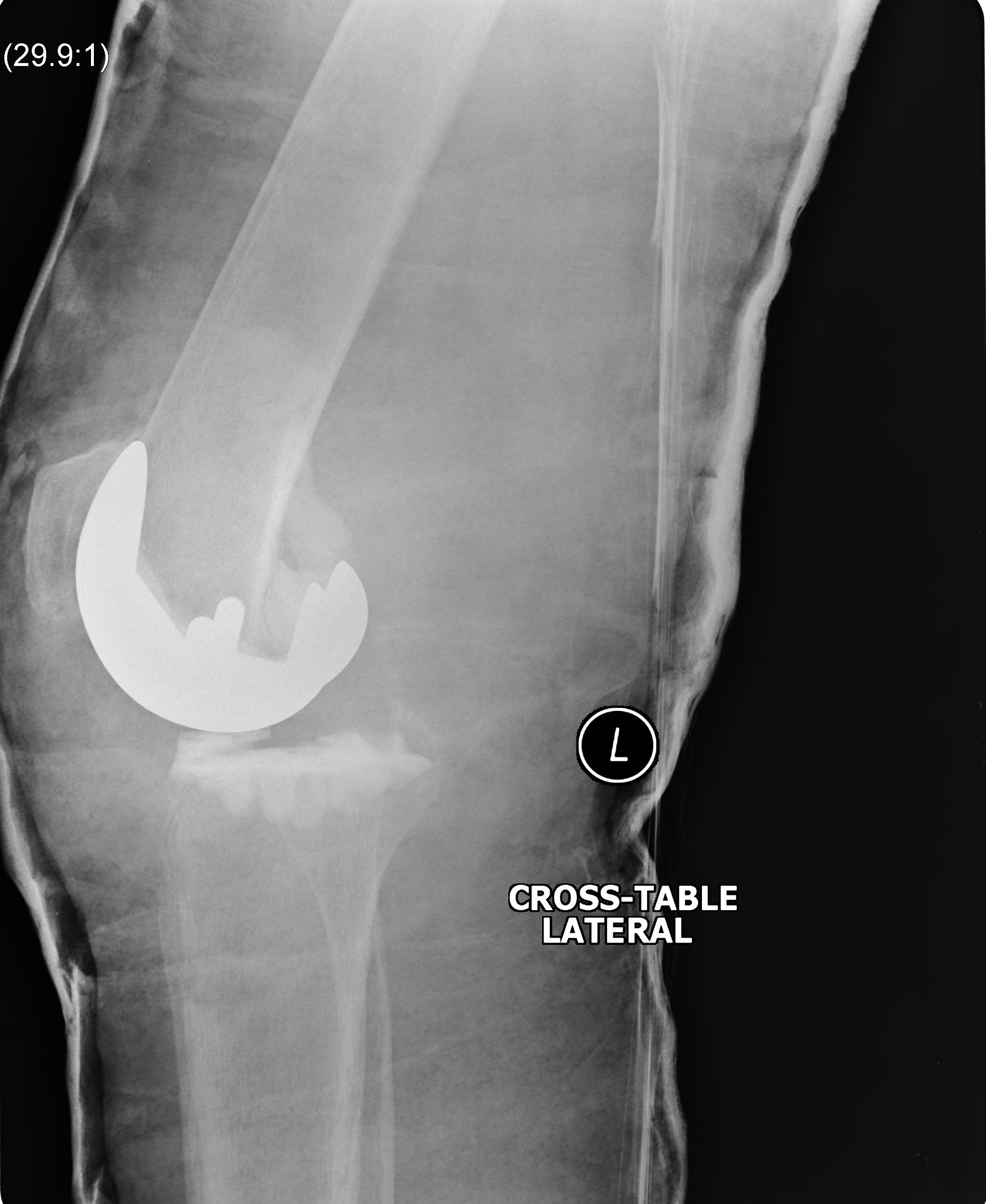Management
Surgical Algorithm
Stage 1 Tendonitis
Non-operative
Walking cast / NSAIDS
- 6/52
UCBL
- 3/12
- worn inside the shoe
- ends under malleoli
- controls the heel (which must be flexible)
- supports the arch
Operative / Synovectomy and debridement
(+/- FDL transfer and calcaneal osteotomy +/- T Achilles lengthening)

 Incidence
Incidence
